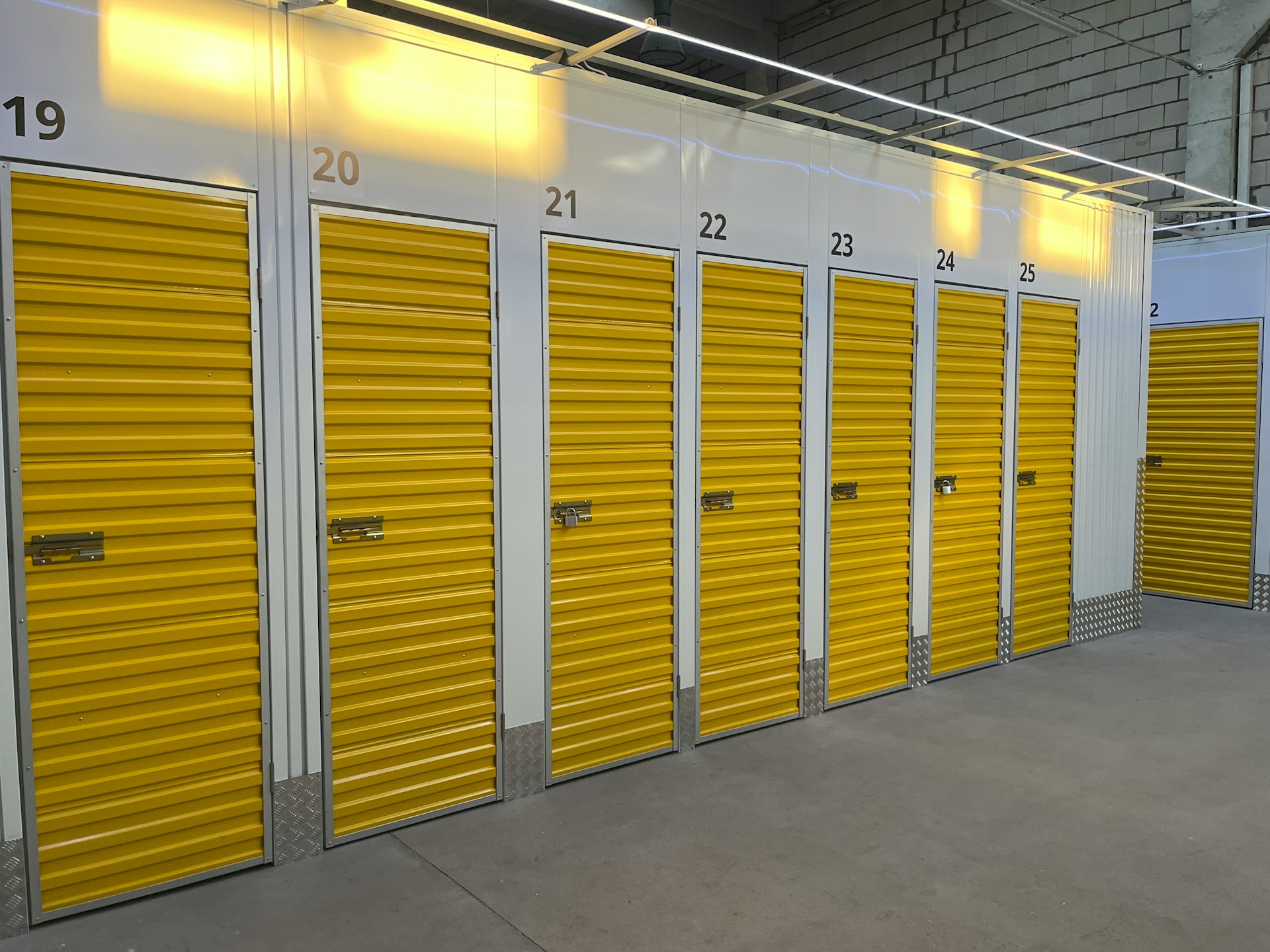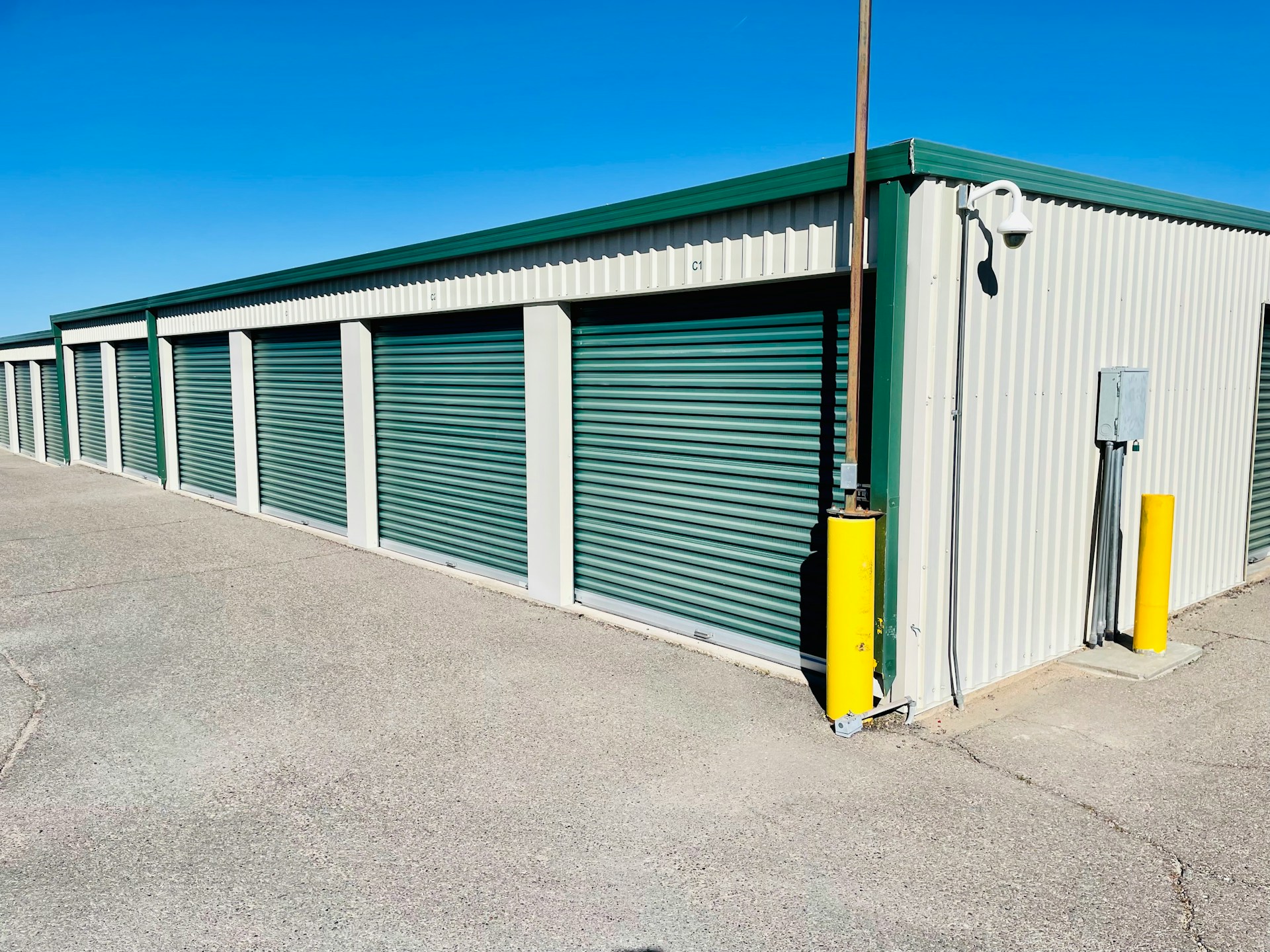
Discover essential tips for renting a self-storage unit: choose the right size, consider climate control, organize effectively, and ensure top-notch security.
Renting a self-storage unit can be an excellent solution when you need extra space to store belongings, whether you’re moving, downsizing, or just looking for a place to declutter your home. However, choosing the right unit and managing your storage efficiently requires some forethought. Understanding the ins and outs of the process can help you make the most out of your self-storage experience.
Choosing the Right Size
The first step in renting a self-storage unit is selecting the right size for your needs. Storage units come in various dimensions, so it’s essential to consider how much space you need. Start by taking an inventory of the items you plan to store. Small units (typically 5’x5’ or 5’x10’) are suitable for boxes and smaller items, while larger units can accommodate furniture, appliances, or even vehicles. It’s a good idea to choose a unit slightly larger than what you think you need to avoid cramming everything into a tight space.
For those unsure of what size to get, many storage providers offer guidance and recommendations based on the quantity and type of belongings you plan to store. Storage solutions providers at Distinct Storage add that moving supplies is also essential in moving items to and from the storage units. Fully utilizing the storage unit’s space ensures you don’t overpay for unused space or rent a unit too small for your needs.
Climate Control Considerations
Another important factor to consider is whether you need climate-controlled storage. If you’re storing items like electronics, wooden furniture, artwork, or sensitive documents, a climate-controlled unit can protect your belongings from extreme temperatures and humidity. In regions with significant temperature fluctuations, these units provide an added layer of security for your valuable items.
Climate-controlled units tend to cost more, but the investment is worth it if it prevents damage to your belongings. Consider the nature of your stored items and the local climate to determine whether this option is necessary for you.
Organizing Your Unit
Effective organization is key to maximizing the space in your storage unit and making it easy to access items when needed. Start by placing frequently used items toward the front of the unit, while seasonal or rarely used items can be stored in the back. Using clear, labeled boxes and keeping an inventory of your stored belongings can save you time when searching for specific items.
Consider creating walkways inside the unit for easier access, especially if you plan on visiting the unit regularly. Stacking items strategically and using shelves can help optimize vertical space while preventing damage to fragile items.
Security and Accessibility
Before finalizing your rental, it’s important to assess the security measures of the storage facility. Look for features like surveillance cameras, on-site management, gated access, and sturdy locks to keep your belongings safe. Additionally, check the facility’s hours of operation to ensure it aligns with your schedule, especially if you plan to access your unit frequently.
Reputable storage providers like Distinct Storage often offer top-notch security features to give renters peace of mind, knowing their belongings are well-protected while still providing convenient access to the units.
Renting a self-storage unit can be a simple, practical solution for handling excess belongings, provided you choose the right unit, organize it effectively, and select a facility with the necessary security and amenities. By taking these factors into account, you’ll ensure a stress-free and efficient storage experience.
Was this news helpful?







 Yes, great stuff!
Yes, great stuff! I’m not sure
I’m not sure No, doesn’t relate
No, doesn’t relate



